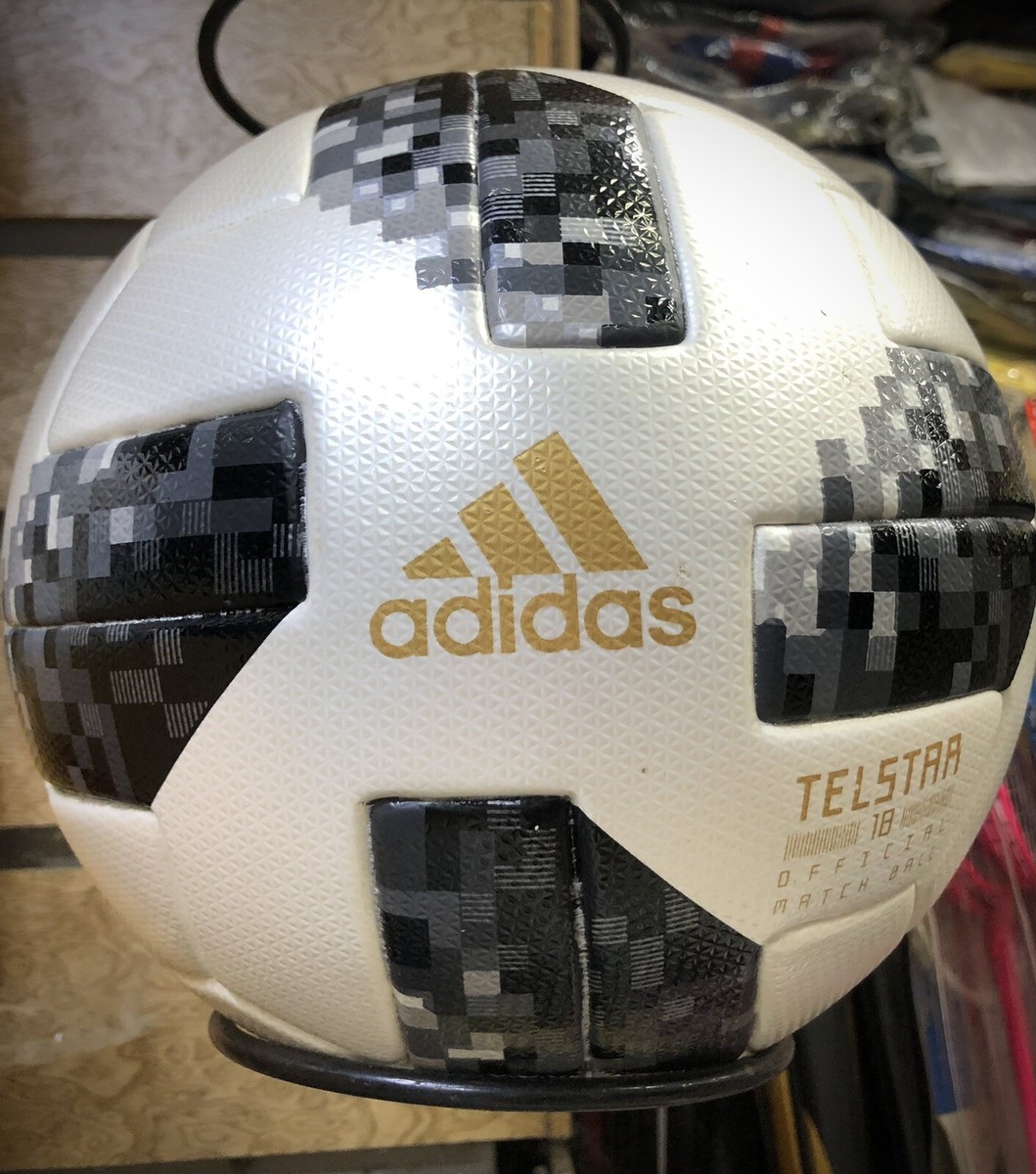This whole ridiculous journey started with a backyard barbecue, the kind where you have too much cheap beer and your neighbor, Mike, suddenly thinks he’s a qualified physicist and an ancient sports historian. Mike is obsessed with the 2014 World Cup ball, the Brazuca. He was absolutely convinced, loudly, for about an hour, that the 2018 ball, the Telstar 18, was a complete disaster and only made poor players look worse. I swear, he even blamed it for his overgrown lawn because the players were too distracted by its “aerodynamic incompetence.”

The Trigger: Why I had to dig for specs
We were just yelling, honestly, two grown men in sweaty shirts arguing about a piece of polyurethane. The core of his argument wasn’t about the look, though. It was the feel. He kept shouting, “It flies all over the shop! It’s got that cheap plastic feel! It’s not a proper football!” I didn’t even care, but by the third round of the argument, my competitive streak kicked in. I had to shut him up with irrefutable, technical information. Not just “Google the weight,” but the guts of the ball. I wanted to know the number of panels, the exact material layers, the whole shebang. Because to an idiot like Mike, “specs” means I win.
So, the next morning, nursing a slight headache, I sat down to begin the investigation. It wasn’t simple, you know. You type in “World Cup ball 2018 specs,” and you get a million generic sporting goods websites saying it’s FIFA approved and weighs “around 420 grams.” That’s useless noise. I needed the secret sauce.
The Practice: Finding the real tech info
First, I decided to ignore all the general sports news sites. They just recycle press releases. I had to search using more specific keywords. I tried things like “Telstar 18 decomposition,” “bonded panel count,” and “polyurethane texture analysis.” That’s when I finally started hitting paydirt—not from sports blogs, but from engineering and patent forums. Weird, right? People doing structural analysis on sports equipment for their college papers or something.
The whole process took the better part of a Saturday. I opened about thirty browser tabs. I skipped every single sponsored link. I was looking for diagrams, cross-sections, and numerical data, not marketing fluff. And what I found immediately proved Mike was only half an idiot, which is an improvement for him.
The Findings: The Telstar 18 Guts
I managed to piece together a comprehensive list of what makes this ball tick. I had to translate a few things from engineer-speak to Mike-speak (and by extension, to my-speak).

- Panel Count:
They dropped the panel count from the 2014 model’s six panels to just six panels again, but the shape was all new. They were big, irregular shapes, like fancy, slightly curved squares, all stuck together with heat—what the nerds call ‘thermally bonded’. Less stitching means less wobble, usually, but also less air resistance to stabilize it.
- The Outside Surface (The Feel):
Mike kept complaining it felt too “plasticky.” Well, he wasn’t wrong. I found out they put this micro-texture right on the outside coating. It’s this polyurethane layer—basically a high-tech plastic—that had tiny raised bumps. It was supposed to help with grip and spin, especially in wet conditions. But maybe that’s the “cheap feel” Mike was talking about.
- The Inner Layers:
I tracked down the internal structure. It had three main layers under the skin: a bonding layer, a cushion foam layer, and a fabric carcass. The cushion foam is what gives it that springy bounce.
- The Weird Tech Bit (The Chip):
And here’s the kicker, the true “tech info” part: I confirmed the existence of that NFC chip embedded inside. Not a tracking chip, but a ‘Near Field Communication’ chip. You were supposed to be able to tap your phone on it and get some silly content, challenges, and stuff. It was completely pointless for the actual game, but boy, did it sound cool in a product brochure.
The Aftermath: The Real Story
The total weight was standard (420–445 grams), and the size (68–70 cm circumference) was regulation. The specs of the Telstar 18, on paper, are entirely focused on being perfectly spherical, retaining air, and being water-resistant. The difference Mike was feeling wasn’t necessarily a fault in the specs, but a change in the dynamics caused by those newly shaped six panels.

So, I printed the technical diagrams out and laminated the summary I put together. I didn’t send it to Mike. I didn’t need to. This whole process, this deep dive, wasn’t about Mike being right or wrong anymore. It was about me getting obsessed with the details of a simple object.
It made me realize how much technology is actually crammed into the things we take for granted. A standard sports ball is now a piece of aerospace engineering with a pointless microchip inside. This whole silly argument just became another log in my technical practice journal—a completely unnecessary, yet totally satisfying, technical teardown.
The best part? When I saw Mike the next weekend, he was arguing with someone else about lawnmower engine displacement. I just smiled, sipped my drink, and kept my now-laminated Telstar 18 spec sheet tucked safely away. It wasn’t for him. It was for me. It was the proof that I can still get stuck into a weird problem and find the complicated truth, even if the problem is just a six-paneled football.
